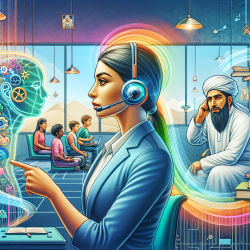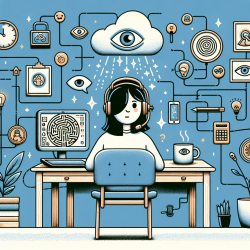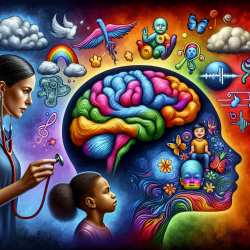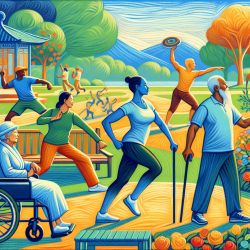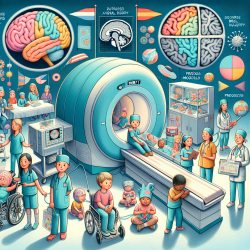In the realm of special education and therapy, continuous learning and adaptation of new methodologies are pivotal for practitioners aiming to enhance their therapeutic skills. A noteworthy development in this context is the utilization of computer software like Dr. Peet's Talk/Writer, which offers a unique blend of technology and therapy to support clients with speech and language difficulties. This blog delves into how practitioners can improve their skills by implementing the outcomes of research on Dr. Peet's Talk/Writer and encourages further exploration in this innovative field.
Understanding Dr. Peet's Talk/Writer
Dr. Peet's Talk/Writer is a computer software designed for Apple II series computers, equipped with voice synthesis cards like Echo II or Cricket. It serves as a talking word processor with basic editing features, aiming to assist clients, especially those with attention deficit/hyperactivity disorder (ADHD) and visual impairments. The software's voice synthesizer facilitates auditory feedback, reducing the need for visual tracking between the screen and keyboard, thus making it a beneficial tool for clients with specific learning needs.
Maximizing Therapy Effectiveness with Technology
Integrating Dr. Peet's Talk/Writer into therapeutic sessions can significantly enhance the effectiveness of therapy for clients with speech and language difficulties. Here are several ways practitioners can leverage this technology:
- Customized Learning: Utilize the software's ability to alter pronunciation for unique words, such as client names, to provide a personalized learning experience. This feature can help in creating a more engaging and relatable therapy session.
- Motivation through Technology: The novelty and interactive nature of Dr. Peet's Talk/Writer can serve as a motivational tool for clients, particularly those who are more responsive to technology-based learning.
- Attention Sustenance: The program has been found effective in sustaining the attention of clients with ADHD, making it a valuable asset for therapists working with this population.
- Accessibility for Visually Impaired Clients: Special options designed for blind clients make this software a versatile tool, ensuring inclusivity in therapy sessions.
Encouraging Further Research and Exploration
While Dr. Peet's Talk/Writer shows promising benefits, it is crucial for practitioners to engage in further research and exploration to fully understand its capabilities and limitations. Here are some suggestions for practitioners:
- Conduct Case Studies: Implement the software in therapy sessions and document the outcomes, challenges, and successes. Case studies can provide valuable insights into the software's practical application and effectiveness.
- Explore Software Updates: Stay informed about any updates or new versions of Dr. Peet's Talk/Writer that may offer enhanced features or improved user experience.
- Network with Peers: Engage in discussions with fellow practitioners who have used the software. Networking can lead to the exchange of tips, strategies, and firsthand experiences that can enrich one's understanding and application of the technology.
- Professional Development: Participate in workshops, webinars, and conferences focused on educational technology and therapy. Continuous professional development is key to staying abreast of the latest tools and techniques in the field.
Conclusion
Dr. Peet's Talk/Writer represents a convergence of technology and therapy, offering a unique tool for practitioners to enhance their therapeutic interventions. By understanding its features, integrating it into practice, and engaging in ongoing research and professional development, practitioners can significantly improve the therapy outcomes for clients with speech and language difficulties. As we continue to explore the intersection of technology and therapy, tools like Dr. Peet's Talk/Writer pave the way for innovative and effective therapeutic practices.
For practitioners interested in exploring this technology further, it is essential to delve into the research that underpins its development and application. To read the original research paper, please follow this link: Dr. Peet's Talk/Writer.
